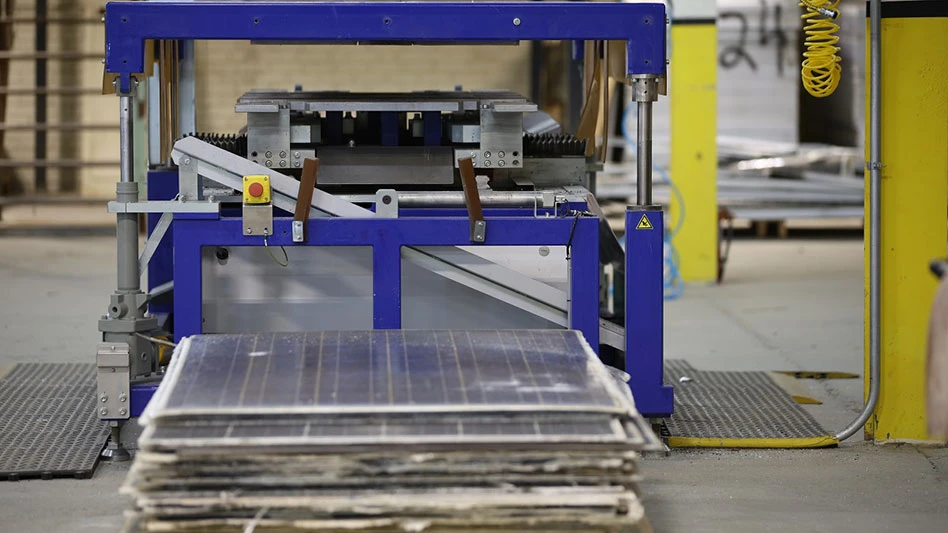
During the 2011 C&D Recycling Forum, Construction & Demolition Recycling magazine shared the results of its inaugural State of the Industry Report, which appeared as an insert in the September/October 2011 issue. Sponsors of the report were asked to offer their observations of the industry and what they are seeing in terms of equipment needs.
Dick Reeves of General Kinematics, Crystal Lake, Ill., remarked that the last couple of years have been tough on equipment manufacturers.
The biggest change General Kinematics has seen in the last two years has been in processing capacity, he says. Because there is more capacity than materials available, he says processors of C&D material have tried to either find other markets or to optimize what they have. Material flow does appear to be coming back, with material often coming from smaller projects. “They are not the major demolition projects we have seen in the past,” Reeves said.
“We have to be a little more flexible with the markets and the commodities that are out there.”
Reeves has seen an increased interest in renewable energy from waste. There are more plastics, paper, and organics in the waste streams for companies to extract, he says.”With energy prices high, that is definitely a viable option,” Reeves said
Recovery rates are increasing with capacity down, Reeves told the audience. He explained that processors have more time on their hands to pull additional commodities out to increase recovery rates.
“You have to be creative in this job environment,” said Reeves. “As a custom equipment manufacturer, we are not limited to what has been done in the past but we like to work with the end user to explore those ideas of what we can provide in the future.”
Terri Ward of SSI Shredding Systems, Wilsonville, Ore., agreed that there has been diversification in material processing. “Our customers are diversifying feedstock materials,” she said. “Customers are finding new markets to put their equipment to work.”
The waste streams are becoming more difficult than what may have traditionally been processed as C&D. Problematic materials include carpet, mixed plastic and bulky waste. She concurred with Reeves that customers are trying to do more with what they are getting in.
Wood-based fuels are being blended with other materials that make it more conducive for a shredder than a grinder, Ward said. Plastics, rubber and carpet are among the materials being blended into the fuel stream.
Ward said she also has seen a move toward custom-designed fixed plants, adding that fuel prices are steering some people away from running diesel motors and instead turning to electricity.
Paul Smith of KPI-JCI and Astec Mobile, Yankton, S.D., remarked, “2009 seemed to be our rock bottom.” He said that the company has seen 40 percent growth per year since that initial low. The sunbelt states seem to be struggling the most, he added.
Resurfacing and road work, more inner city demolition projects and landfill reclamation seem to be areas where there is activity. Smith said there has been more onsite recycling and utilization of tracked machines to crush concrete and asphalt and reuse it onsite rather than haul it off site.
To view the 2011 State of the Industry Report, click here.
The 2011 C&D Recycling Forum was held in late September at the Turf Valley Resort in Ellicott City, Md.
Latest from Recycling Today
- SSAB to receive EAF conversion funding
- Aluminum can recycling rate declines
- Green Bay Packaging to invest in Arkansas mill
- Amp receives investment lead by Congruent Ventures
- Greif reports strong North American box demand in latest financial results
- DS Smith reports declines in revenue, profits
- Xeneta analysts see 2025 container shipping turmoil
- Liberty Steel idles wire mill in Illinois





